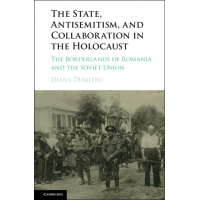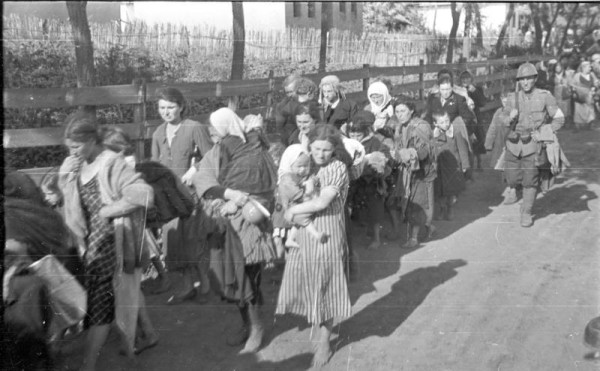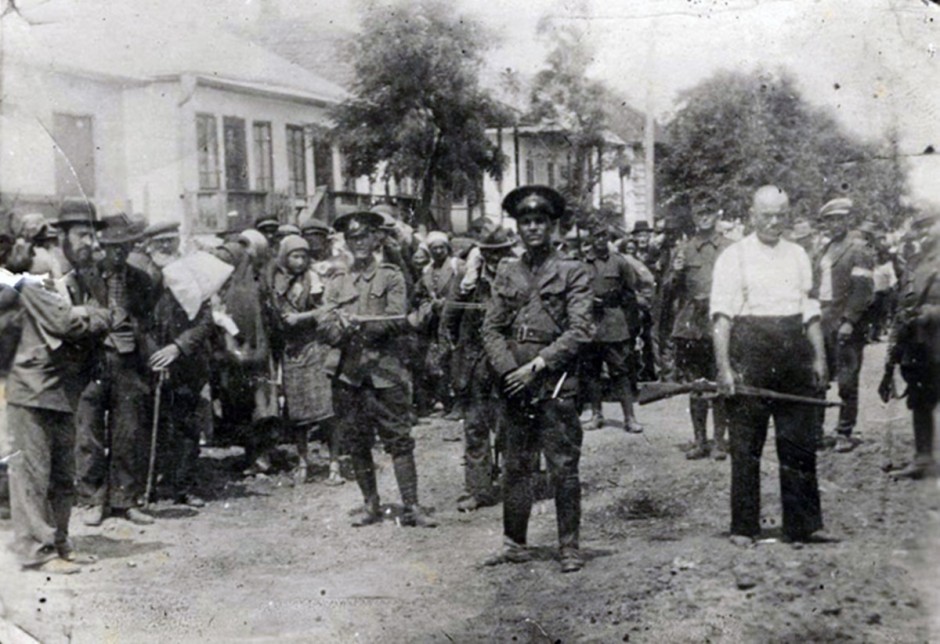Governments can play a decisive and positive role in shaping public opinion about Jews.
Diana Dumitru, a Moldovan scholar, learned this lesson while conducting research on regional variations in civilians’ attitudes and behavior toward Jews in the borderlands of Romania and the Soviet Union during the Holocaust.

To determine how ordinary Christian civilians responded to the persecution of Jews, Dumitru studied events in Bessarabia, which was sovereign Romanian territory, and in Transnistria, which was part of the Soviet Union during the interwar period.
She discovered that gentiles in Transnistria showed a greater willingness to help Jews than their counterparts in Bessarabia.
Dumitru reached this conclusion by delving into archives in Romania, Moldova, Ukraine and Germany and by interviewing 300 Jewish survivors and over 200 Christians from Moldova and Ukraine.
Dumitru, a history professor at the Ion Creanga State Pedagogical University in Chisinau, Moldova, and currently a visiting professor at the University of Toronto, addressed this topic in a lecture at the University of Toronto’s Anne Tanenbaum Centre for Jewish Studies on March 28.
She has incorporated her findings in a new book, The State, Antisemitism and Collaboration in the Holocaust. Published by Cambridge University Press, it will be available for purchase on April 1.

Before 1918, Bessarabia and Transnistria — which are roughly the same size and ethnically similar — were part of czarist Russia’s Pale of Settlement, a region where the vast majority of Jews were required to reside prior to the 1917 Bolshevik Revolution.
Jews comprised about 11 percent of its population, said Dumitru, who most recently was a visiting researcher at Georgetown University in Washington, D.C.
From 1918 to 1940, Transnistria belonged to the Soviet Union, while Bessarabia lay within the boundaries of Romania. Bessarabia and Transnistria were under the control of Romania — an ally of Nazi Germany — from 1941 to 1944.
Today, Transnistria is in Ukraine, while Bessarabia is split between Moldova and Ukraine.
During the war, the Romanian army and police massacred Bessarabian Jews on a massive scale and encouraged pogroms, Dumitru said. In 1941, eight pogroms broke out in Bessarabia, but not a single one occurred in Transnistria.
Bessarabian Jews were first confined to ghettos and then deported to Transnistria. While civilians in Bessarabia generally treated Jews cruelly and plundered their properties, villagers in Transnistria behaved quite differently, providing some Jewish deportees with food and shelter.

Conditions for Jews in Romanian-ruled Bessarabia and Transnistria were abysmal because Romania’s elites had embraced xenophobia and antisemitism long before the war.
“Antisemitism was a central element in Romania’s nation-building project,” said Dumitru. After the fascist Iron Guard militia gained ground in the 1937 general election, Romanian Jews came under verbal and physical attack.
In Soviet-dominated Transnistria, on the other hand, Jews had enjoyed equal rights, antisemitism was vigorously combated by the state and Jews were rapidly integrated into society and the economy. As a result, she noted, the intermarriage rate for Jewish men rose from 3.7 percent to 18.1 percent between 1924 to 1939.
These differences had a profound impact on Jews in Bessarabia and Transnistria during the Holocaust.
In conclusion, Dumitru said that relations between social groups are fluid rather than fixed and can change over time, and that states can diminish inter-ethnic hostility by granting all its citizens equal rights, cracking down on ethnic slander and instituting affirmative action programs.
